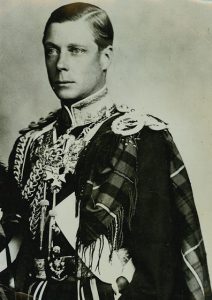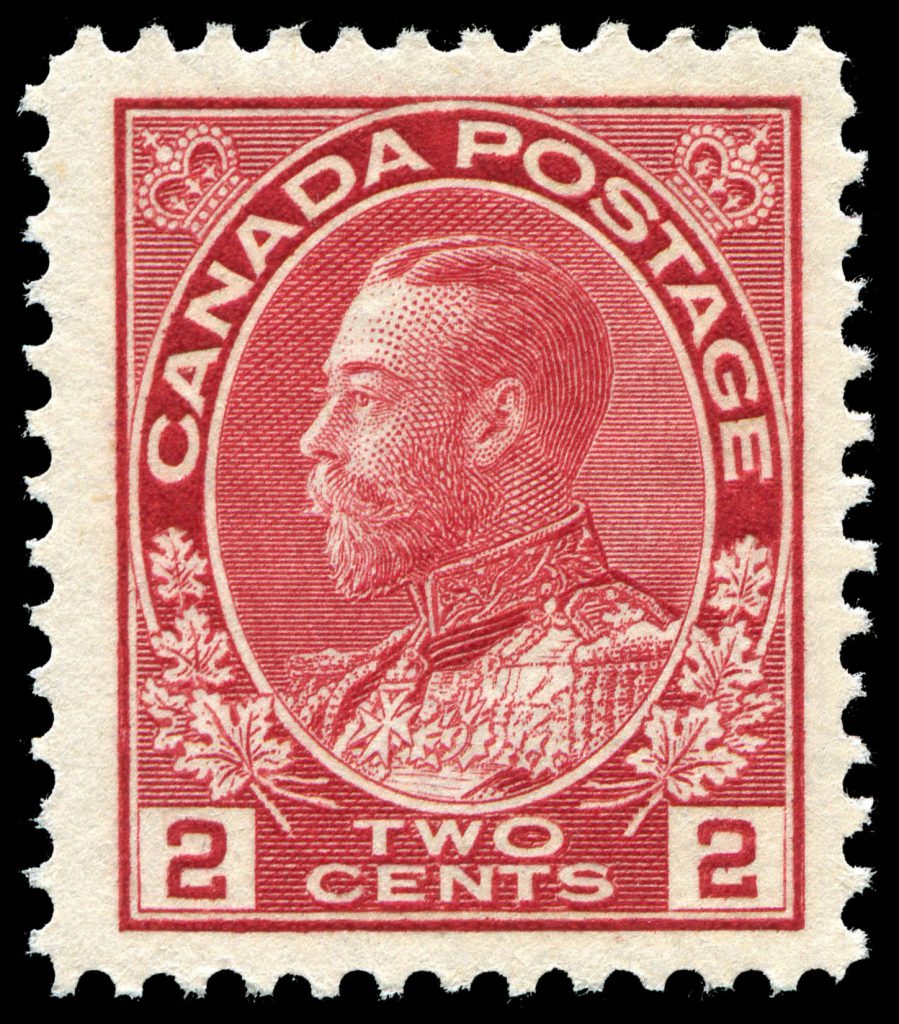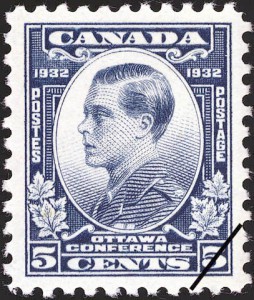On today’s date in 1936, after several bouts of illness and five days bedridden at Sandringham House, King George V died at the age of 70.
A heavy smoker who suffered a serious injury after being thrown from a horse in 1915, George V also fell ill with sepsis in 1928, after which time his son Edward took over some of his duties for about two years.
The king, however, never fully recovered and began oxygen therapy in the final year of his life, according to Sarah Bradford’s 1989 book, King George VI. In December 1935, the death of Princess Victoria – his favourite sister – saw George fall into a deep depression from which he also failed to recover.
On Jan. 15, 1936, the king went to bed, where he would remain for another five days of declining health. By Jan. 20, he was administered lethal injections of morphine and cocaine by Bertrand Dawson, the royal family’s physician, who wished to preserve the king’s dignity and supported the “gentle growth of euthanasia,” according to a 1986 story by The New York Times.
George died that night at 11:55 p.m. A stamp collector, he’s also remembered as a hard-working and widely admired monarch, according to John Gore’s 1941 book, King George V: A Personal Memoir.

King Edward VIII (1936 portrait shown) served as king from his father’s death on Jan. 20, 1936, until his abdication on Dec. 11 of that year.
A NEW KING
Soon after the death of his father, Edward VIII ascended the throne to start his reign as king.
Edward was born on June 23, 1894, during the reign of his great-grandmother Queen Victoria, and was later invested as the Prince of Wales in 1911.
In 1932, he made his first visit to Canada, where he bought a ranch in the foothills of Calgary.
Four years later, when he became King Edward VIII, he proved to be a non-traditionalist and frequently broke customs, the most glaring of which caused a constitutional crisis and an eventual abdication.
On Dec. 11, 1936, Edward VIII abdicated the throne after a reign of only 326 days to marry “‘the woman I love,” U.S. divorcee Wallis Warfield Simpson.
“You all know the reasons which have impelled me to renounce the throne. But I want you to understand that in making up my mind I did not forget the country or the empire, which, as Prince of Wales and lately as King, I have for twenty-five years tried to serve,” he said in his abdication speech on Dec. 11, 1936.
“But you must believe me when I tell you that I have found it impossible to carry the heavy burden of responsibility and to discharge my duties as King as I would wish to do without the help and support of the woman I love.”
The only British sovereign ever to resign the crown voluntarily, Edward VIII then became the Duke of Windsor. His estate was managed by Toronto financier Sir Edward Peacock until his death on May 28, 1972, in Paris, France.
The next in line was George VI, who reigned from Dec. 11, 1936, until his death on Feb. 6, 1952, when the current monarch – Queen Elizabeth II – ascended to the throne.


